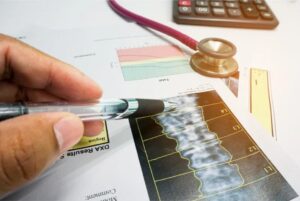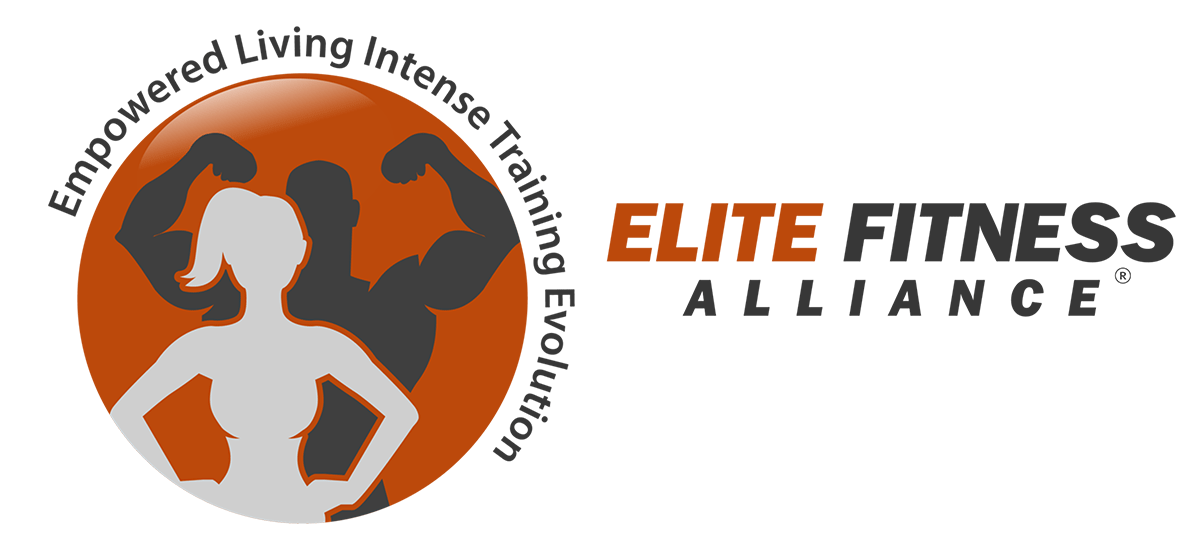Osteoporosis: Signs, Prevention, and Strength Training Tips
Osteoporosis: What You Need to Know (and How Weight Training Can Help)
Osteoporosis is often called the “silent disease”—and for good reason. You can’t feel your bones weakening, but over time, they can become so brittle that even a minor bump or fall results in a fracture. For many people, the first sign of osteoporosis is a broken bone.
The good news? Osteoporosis is both preventable and manageable. And one of the most powerful tools you can use to fight it might surprise you: resistance training.
🚨 Warning Signs of Osteoporosis
Often, osteoporosis goes unnoticed until a fracture occurs. However, there are some red flags and risk factors that may point to low bone density:
- Loss of height over time
- Stooped posture or back pain
- Bone fractures from mild impacts (e.g., coughing or slipping)
- Family history of osteoporosis
- Early menopause or low estrogen
- Sedentary lifestyle or poor diet
- Long-term use of corticosteroids
Note: Bone loss happens silently. Even if you feel healthy, it’s important to monitor your risk—especially after age 50.
👉 Source: Mayo Clinic – Osteoporosis Symptoms
🛡️ How to Prevent Osteoporosis
Preventing osteoporosis begins decades before a diagnosis. Here’s how you can protect your bones throughout life:
- Consume adequate calcium and vitamin D
Most adults need 1,000–1,200 mg of calcium daily, plus 600–800 IU of vitamin D. - Avoid smoking and limit alcohol
Both increase bone loss and fracture risk. - Stay active
Weight-bearing and strength training are the best exercises for building bone density. - Get regular bone density scans (DEXA)
Especially if you’re over 50 or have risk factors. - Maintain hormonal health
For women, estrogen plays a key role in bone strength. Hormonal changes post-menopause can significantly accelerate bone loss.
👉 Source: NIH Osteoporosis and Related Bone Diseases
🧪 What to Do If You’re Diagnosed
If you’ve been diagnosed with osteoporosis or osteopenia (early-stage bone loss), you’re not powerless.
Here’s what you should do:
- Consult with your doctor or endocrinologist to review treatment options.
- Begin a targeted exercise program that includes resistance training and balance exercises.
- Consider medications such as bisphosphonates if your doctor recommends them.
- Track progress with periodic bone density scans.
🏋️♀️ Why Weight Training is a Proven Osteoporosis Treatment
Research shows that resistance training increases bone density, especially in the spine and hips—two areas most prone to fractures. It also improves balance, posture, and strength, reducing fall risk.
A 2017 study in the Journal of Bone and Mineral Research found that high-intensity resistance training can improve bone density in postmenopausal women—even those with low bone mass—without increasing fracture risk when performed properly.
The key is to use progressive overload and functional movements under professional supervision.
👉 Source: Harvard Health – Strength Training for Osteoporosis
🔍 How to Monitor Bone Health
Your doctor may recommend a DEXA scan every 1–2 years. This test provides a T-score indicating how your bone density compares to a healthy young adult.
- T-score ≥ -1.0: Normal
- T-score between -1.0 and -2.5: Osteopenia
- T-score ≤ -2.5: Osteoporosis
Tracking changes over time helps determine whether your treatment (including exercise) is working.
🔄 Can You Reverse Osteoporosis?
While osteoporosis isn’t technically reversible, you can slow or even stop bone loss—and in some cases, modestly improve bone density. The earlier you intervene, the better your chances.
A combination of:
- Weight training
- Proper nutrition
- Fall prevention
- Targeted medications
…can significantly improve outcomes and reduce your risk of fractures.
📣 Final Thoughts
If you’re over 40 and haven’t thought about your bone health—it’s time.
At ELITE Fitness Alliance, we help adults build strength safely and effectively. If you’re concerned about osteoporosis or bone loss, we can guide you through a science-backed resistance training program tailored to your needs.
Always consult with your doctor before starting any new exercise or treatment plan, especially if you’ve already been diagnosed with low bone density.
✅ Sources & Further Reading:
- National Osteoporosis Foundation
- NIH Osteoporosis Overview
- Harvard Health: Strength Training & Osteoporosis
- Mayo Clinic: Osteoporosis
💪 Ready to Build Bone Strength Safely?
We specialize in working with adults over 40—especially those with a history of injuries, surgeries, or medical concerns like osteoporosis.
➡️ Book a free consultation to see how we can help you train confidently, avoid injury, and protect your long-term health.
👉 Click here to schedule your call now
You don’t need to do this alone. Let’s build strength—and stronger bones—together.
📞 Book a free consultation or
📖 Visit our blog for more tips.



